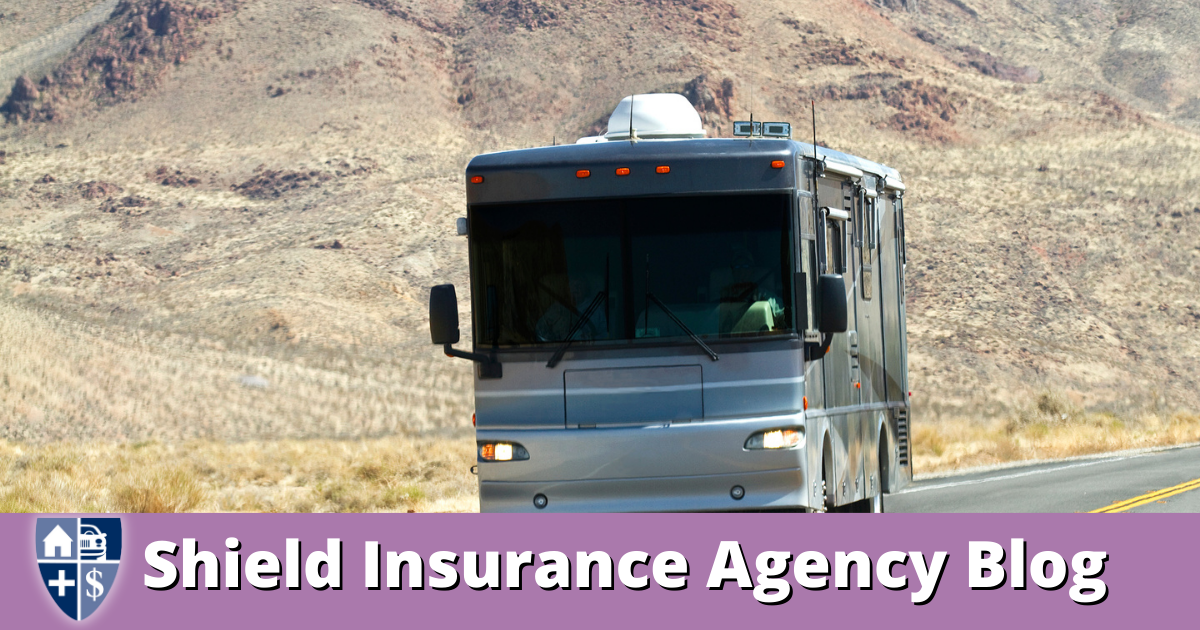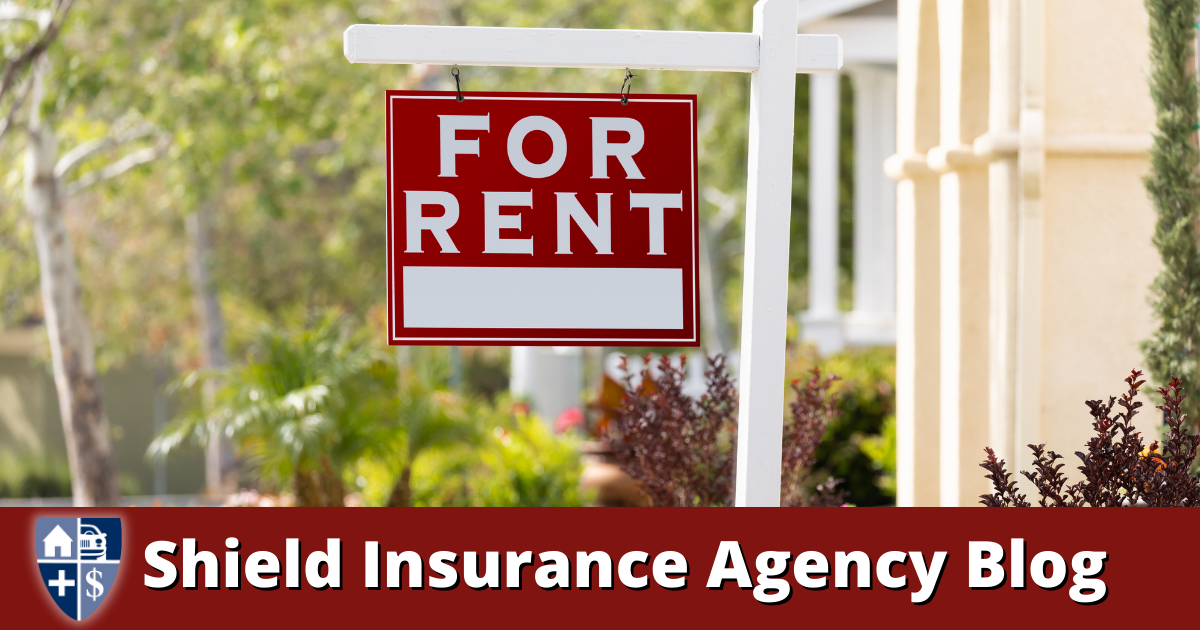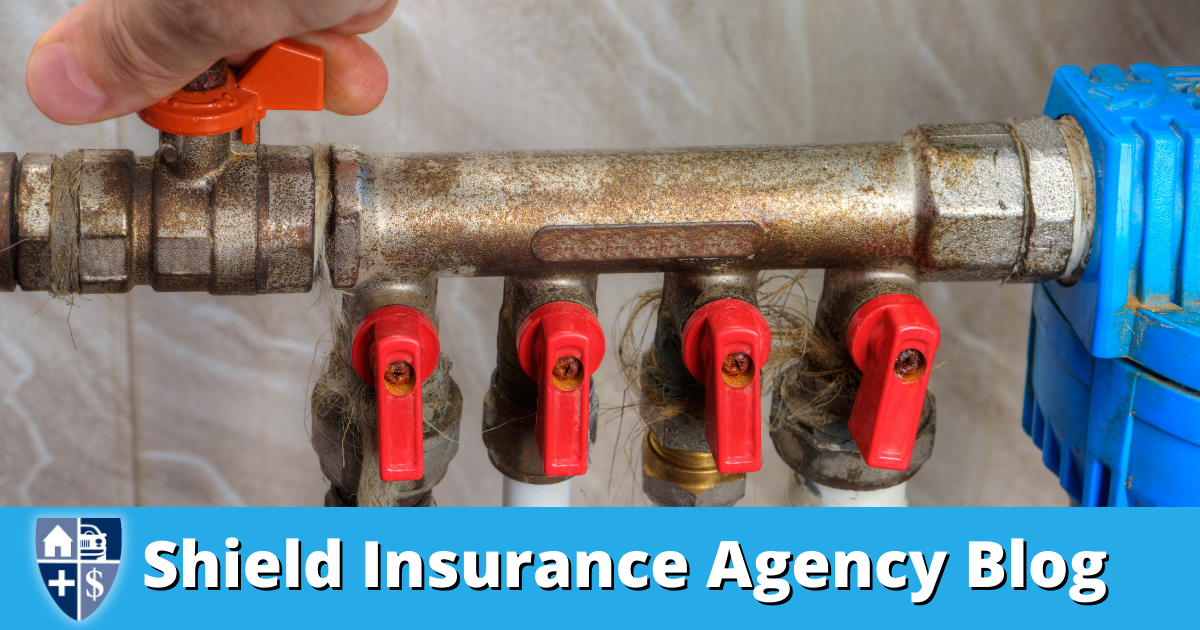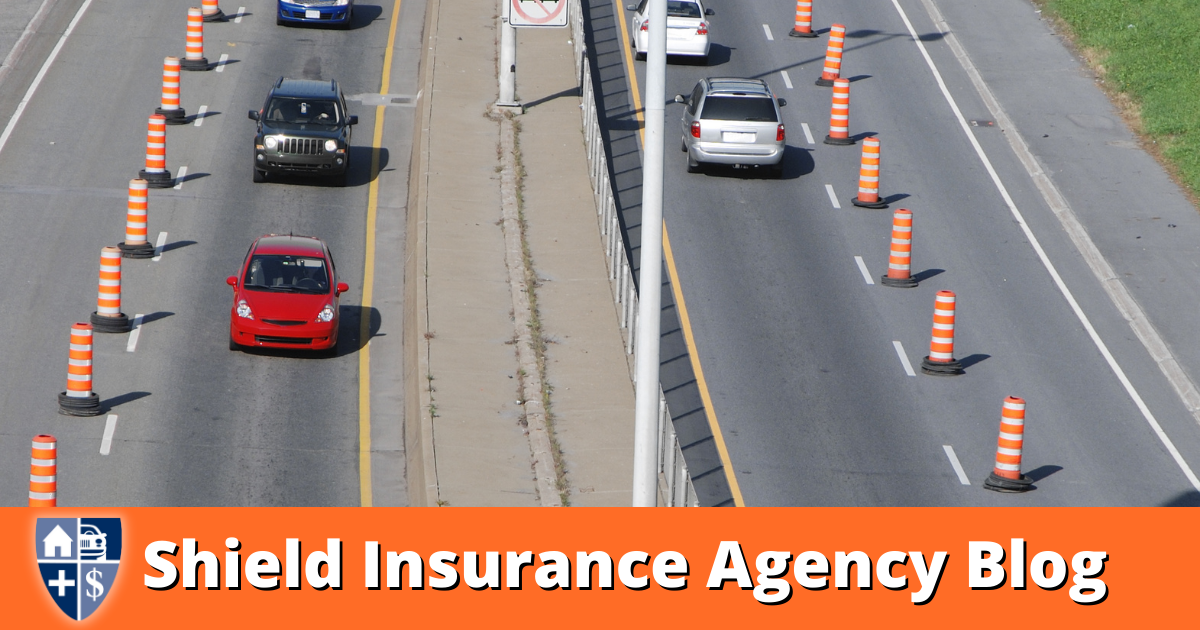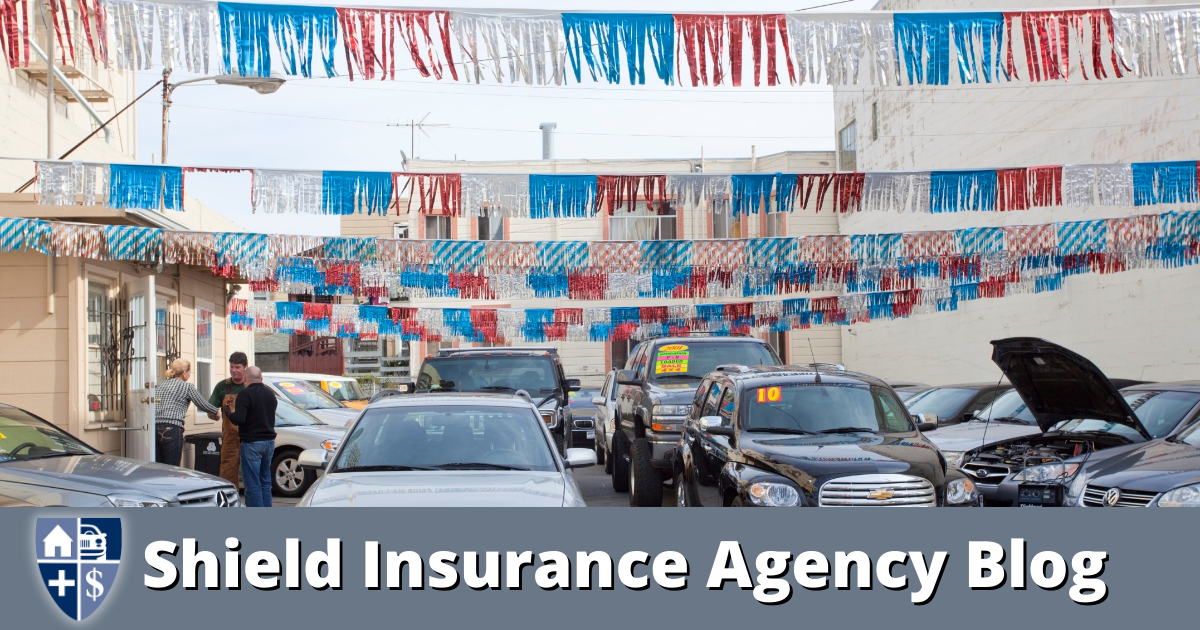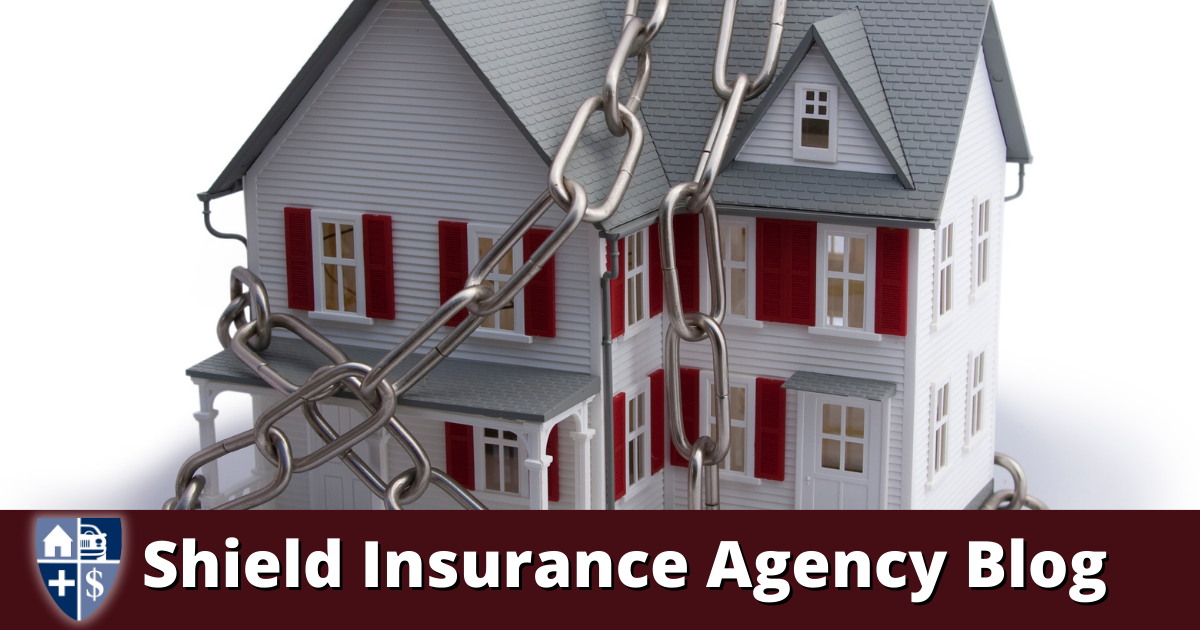
Home security devices
Foremost Insurance Blog | Home Security | Home Insurance
Homeowners should consider protecting themselves with an alarm system or motion detector to help protect their homes from burglaries.
Alarm systems range in sophistication and price. Choose from do-it-yourself kits that set off a siren or lights or professionally installed systems that hook directly to the police station or monitoring service. A basic alarm system is composed of sensors to detect an intruder, a control panel that receives messages from the sensor, and an alarm that sounds off when activated by the control unit. Don’t expect any single alarm system to do the job alone. An excellent mechanical system is only effective when it’s used in conjunction with other security-minded habits.
Home security devices
Motion detectors can also be an effective weapon against burglars. An intruder’s movement or body heat triggers the alarm. Technological advances have made motion detectors less expensive and easier to install. Most motion detectors incorporate infrared, microwave, or ultrasonic technology. Typically, the movement of an intruder, or merely the person’s body heat, breaks a photoelectric beam and triggers the alarm. One or two well-placed motion detectors can usually do the work of several individual door and window alarms.
Finally, you might consider walking around your home and evaluating it as a burglar. Even try gaining access without a key. If you find any flaws in your anti-burglary precautions, correct them immediately. Remember, no home is totally safe from a determined, experienced burglar. However, if you make it difficult for someone to enter your home, the burglar will likely select an easier target.
For more information on Home Insurance, and Home security devices, give Shield Insurance Agency a phone call at 616-896-4600. Our licensed agents will have the answers you need to make the best decisions on the best insurance.







